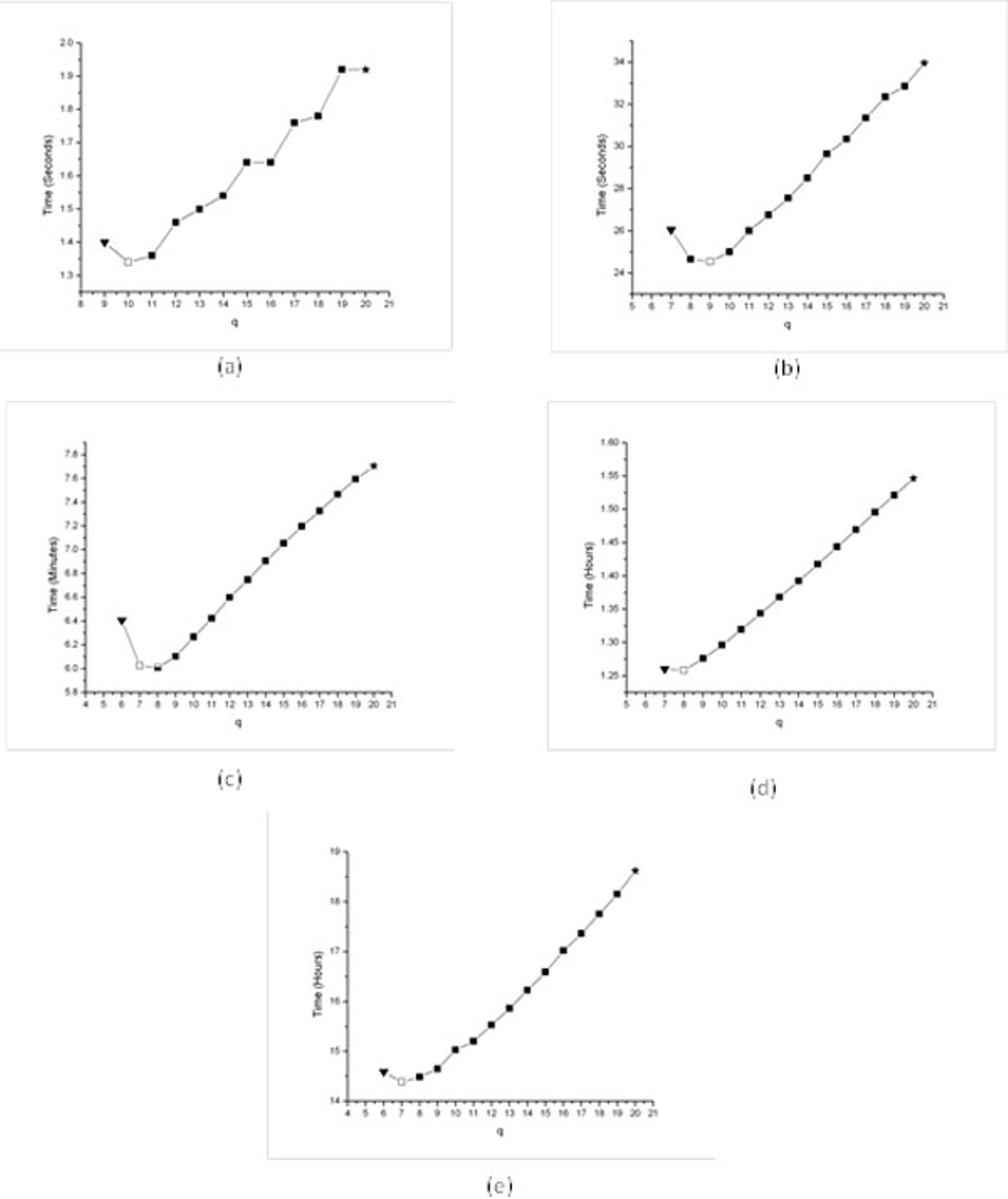

A hybrid method for the exact planted (l, d) motif: Finding problem and its parallelization
Background: Given a set of DNA sequences s1,..., st, the (l, d) motif problem is to find an l-length motif sequence M, not necessary existing in any of the input sequences, such that for each sequence si, 1 ≤ i ≤ t, there is at least one subsequence differing with at most d mismatches from M. Many exact algorithms have been developed to solve the motif finding problem in the last three decades. However, the problem is still challenging and its solution is limited to small values of l and d. Results: In this paper we present a new efficient method to improve the performance of the exact algorithms for the motif finding problem. Our method is composed of two main steps: First, we process q ≤ t sequences to find candidate motifs. Second, the candidate motifs are searched in the remaining sequences. For both steps, we use the best available algorithms. Our method is a hybrid one, because it integrates currently existing algorithms to achieve the best running time. In this paper, we show how the optimal value of q is determined to achieve the best running time. Our experimental results show that there is about 24% speed-up achieved by our method compared to the best existing algorithm. Furthermore, we also present a parallel version of our method running on shared memory architecture. Our experiments show that the performance of our algorithm scales linearly with the number of processors. Using the parallel version, we were able to solve the (21, 8) challenging instance using 8 processors in 20.42 hours instead of 6.68 days of the serial version. Conclusions: Our method speeds up the solution of the exact motif problem. Our method is generic, because it can accommodate any new faster algorithm based on traditional methods. We expect that our method will help to discover longer motifs. The software we developed is available for free for academic research at http://www. nubios.nileu.edu.eg/tools/hymotif. © 2012 Abbas et al.



